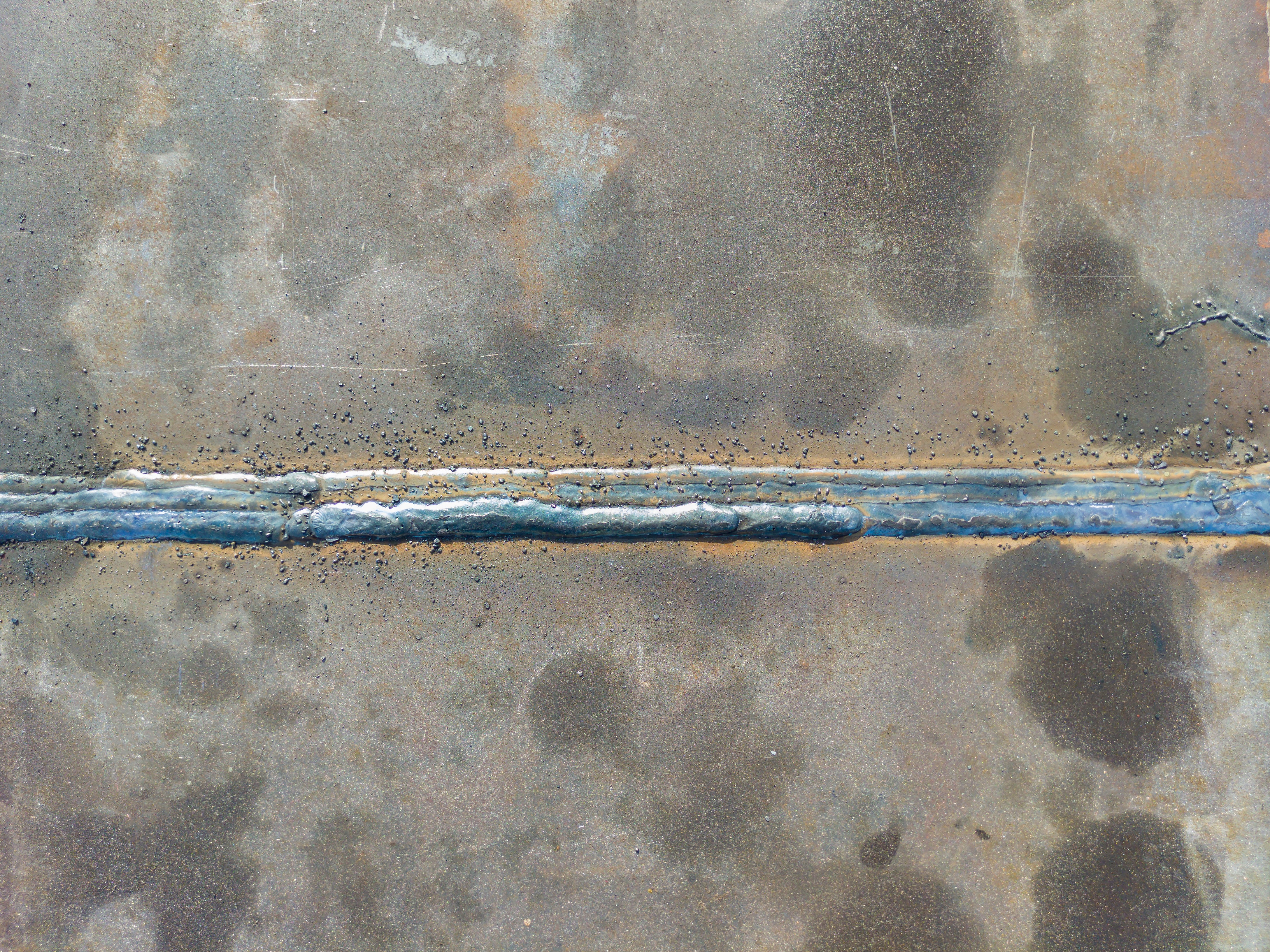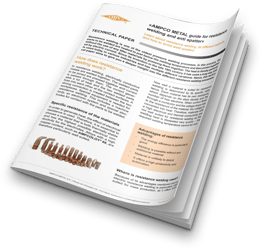Weld spatters are a welder's biggest enemy and have a massive negative influence on productivity as they may force significant downtimes. But there are ways to reduce weld spatters and, therefore significantly decrease cleanup time as well as increase productivity.
The saying goes: “You can’t make an omelet without breaking eggs,” meaning that it is impossible to achieve something desirable without some negative effects. For example, welding can’t make a welded joint without causing some weld spatters. Even if there is no way of avoiding weld spatters, reducing them is possible. Furthermore, certain materials are more prone to weld spatter, leading to excessive cleanup downtime.
What is weld spatter?
Weld spatters are annoying as they can damage the body resting units and add to the fixture downtime. The formation of such small metal spatters is audible during welding. When it crackles and pops during welding, tiny metal droplets are released from the weld pool, are flung away, and finally land on the workpiece surface, the weld seam, the clamping jaws, or even the torch consumables.
Specific welding processes tend to form more weld spatters than others. Especially the MIG / MAG welding process causes a lot of weld spatters, clearly visible along the weld seam. The reason for that is an electrodynamic phenomenon called pinch effect/force. Arc welding uses this effect/force by applying high currents to the lower end of the wire, which causes a drop to be cut off. This drop is additionally accelerated. The force is difficult to control and can lead to weld spatter if the molten metal bursts due to the strong impact.
What are the reasons for weld spatter?
To minimize weld spatter, you first need to understand what causes weld spatter. And there are a lot of factors that influence the amount of weld spatter. For example:
- Material to be welded
Lower-quality materials lead to a significantly higher amount of weld spatter. Furthermore, metal coatings are a problem as well when welding. Whether intentional coating (such as a paint finish) or contamination (such as dirt or rust): Both lead to a significantly higher amount of weld spatter.
- Material of the filler metal
In addition to the workpiece's material, the filler metal's material also plays a huge role. Here too, low-grade filler, as well as contaminated filler, lead to more weld spatters.
- Welding setting
Even the most expensive and highest-quality material is useless if the welding parameters are set incorrectly. Also you may need to adapt the welding setting depending on the chosen welding method.
- Shielding gas
When using shielding gas, the wrong type can also greatly influence the number of weld spatters.
Tips to reduce weld spatter
1. Set your parameters right
Before welding, always set your machine parameters accordingly to ensure the least possible amount of weld spatter. There are multiple settings to check; the most important are amperage, voltage, polarity, and stick-out.
2. Use high-quality filler metal
Use a high-quality filler metal that fits the tasks to reduce weld spatter even more. Please consider our welding wire selection guide if you need help choosing the correct filler metal.
3. Clean the surfaces
Coatings can lead to severe weld spatter. Therefore, always clean the workpiece's surface and the welding wire before welding. The proper preparation can significantly reduce weld spatters.
4. Chose the suitable shielding gas
When using a shielding gas, make sure to use an appropriate one. Most commonly, argon and CO2 are used. Depending on the material to be welded, either pure CO2, pure argon, or a mix between the both of them should be used.
AMPCO METAL and weld spatter
The tips above will help you reduce weld spatter in general. However, there will be weld spatter nonetheless. The correct choice of material for your welding equipment is also crucial. Otherwise, you are vulnerable to excessive cleanup downtimes or must frequently exchange the equipment.
For instance, a roller on a spot welding gun made of AMPCOLOY® 940 can drastically increase the life span of the roller. A case study conducted at a reputed Indian Auto OEM shows that a roller made of AMPCOLOY® 940 ensures a life span of more than 7 months, whereas the roller made of Brass had a maximum of 15 days.
Another case study at a reputed Indian 2 Wheeler OEM compared an ordinary resting block to one made of AMPCOLOY® Mylar. The conclusions showed a 100 % reduction in cleaning activities, which resulted in 70 minutes of saved time per shift and a 20 % productivity increase per shift.
For further information about electrical resistance welding, please download our free «AMPCO METAL guide for resistance welding and anti-spatter»





